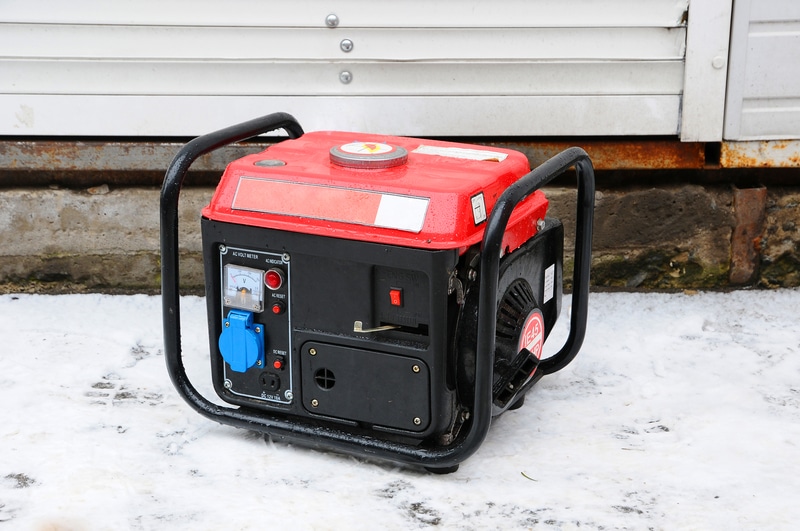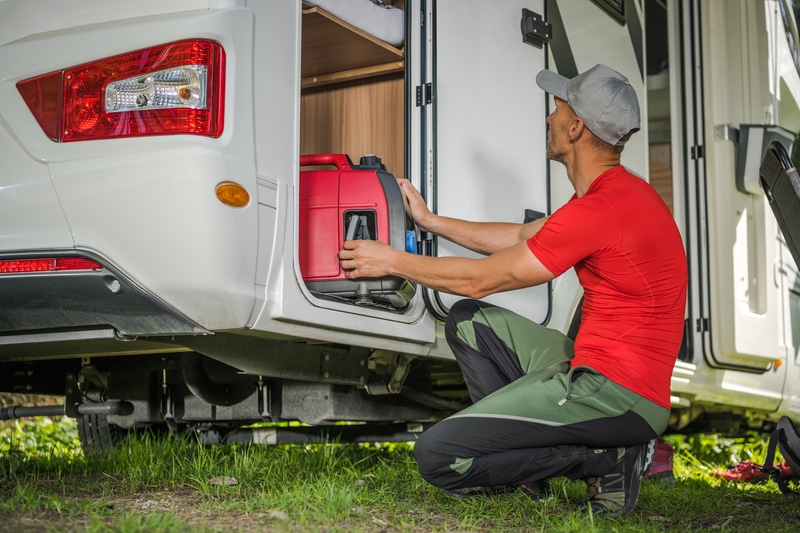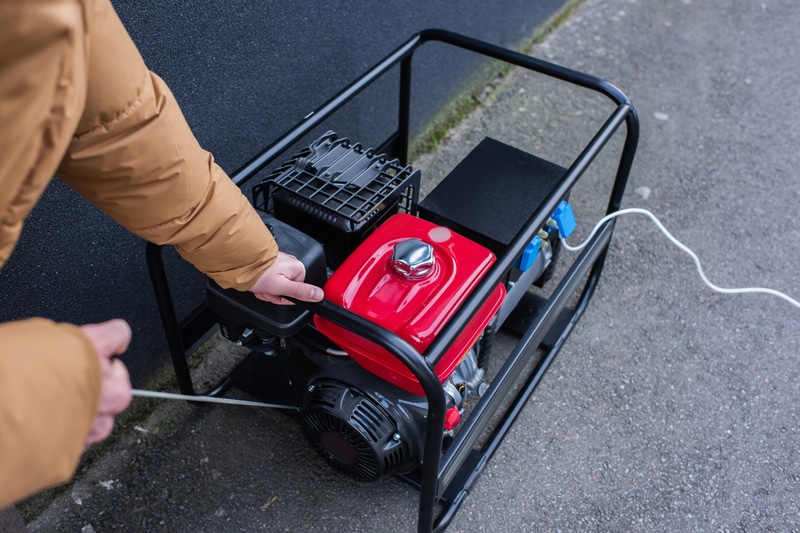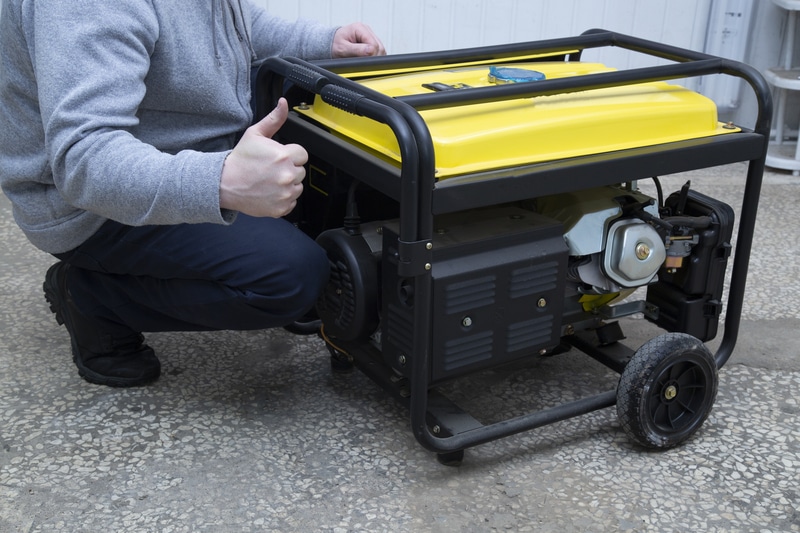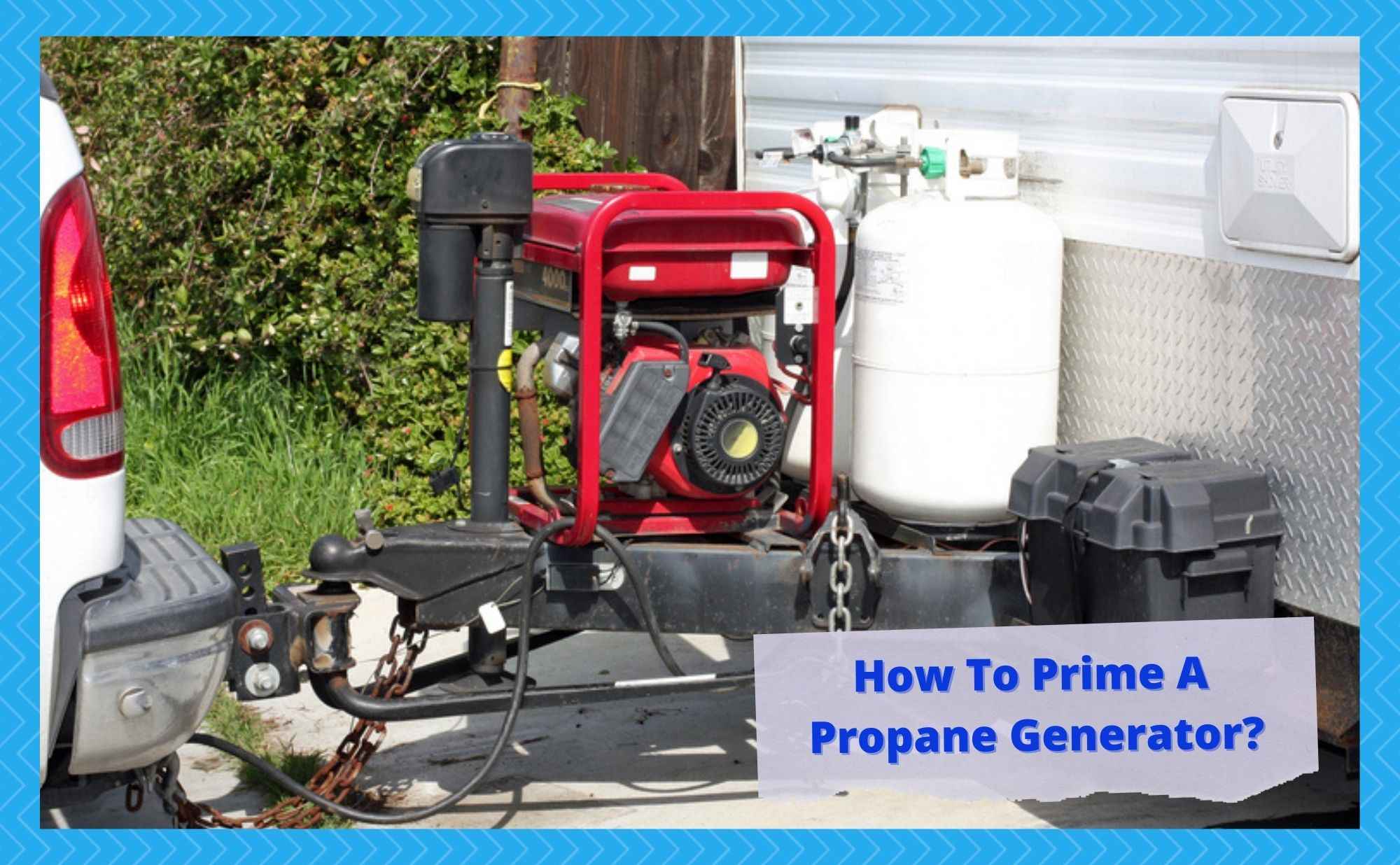
There are a few ways to provide electricity to your recreational vehicle. One is to connect to an external power source, such as an electrical hookup at a campground. Most RV parks and campgrounds have electrical hookups that power RVs through a standard 120-volt AC electrical system.
You can also store electricity from the solar panel on your roof in 12-V DC batteries. And if you have an inverter, you can convert some of that power into AC to make it usable for appliances that run on 120-volt electricity.
Unfortunately, RVs don’t usually come with an inverter.
You must purchase this device separately, just like other accessories your RV may have. Another way is by using a generator. Portable generators can supply power to your RV if an external power source is unavailable. You can use them to charge the RV’s battery or power specific appliances.
However, portable generators can be loud, and some RV parks and campgrounds have rules regarding generator use, so it is always best to check with the campground before using a generator.
What is a propane generator?
A propane generator is a type of portable generator that runs on propane gas. It burns propane to produce mechanical energy, which is then used to generate electricity.
Propane generators are popular because they are relatively clean-burning and efficient and tend to be more reliable than gasoline-powered ones. They also have a long shelf life, as propane gas can be stored without degrading, unlike gasoline, which goes bad over time.
Propane generators come in various sizes, from small portable units that can power a few appliances or lights in an emergency to large industrial-sized generators that can be used to power entire buildings or commercial operations. Propane generators are also used in homes, particularly for an RV not connected to an electrical source.
When shopping for a propane generator, consider the power requirements of the appliances and equipment you plan to run with it. Then, select a generator with sufficient output to meet those needs.
Why does a propane generator need to be primed?
Priming a propane generator is necessary to get the fuel system flowing and start the engine. In simple terms, priming is the process of introducing fuel into a generator’s carburetor or fuel injectors before starting it.
This is necessary because the carburetor or fuel injectors must be filled with fuel before the engine can start and run properly. When a propane generator is not used, the carburetor can dry, and the fuel lines can become partially or entirely empty.
Therefore, before starting the generator, you should prime the carburetor and fuel system, so there is enough fuel to start the engine.
What happens if you run a propane generator without priming it first?
There are a few signs that a propane generator may not have been adequately primed, and they are precursors to severe damage. If you see or experience the following, turn off the generator immediately and return to the priming phase.
- The generator fails to start – If the primer has not been used or has been misused, the generator may not start at all.
- The engine cranks but doesn’t run – Without priming, the engine may turn over but not run, as there’s no fuel reaching the carburetor.
- The generator runs briefly and then stalls – If the generator has been primed but not enough fuel has been delivered to the carburetor, the generator may start shortly before stalling out.
- Lack of power – If the generator is running, but the power output is low, it may be a sign that the primer has not been used or has been misused.
- Check engine lights or warning beeps – Some generators will have a warning light or beep to indicate a problem. This can happen if the primer is misused or not used at all.
It’s worth noting that if the generator was primed but not run for an extended period, the primer bulb might have collapsed, causing the same symptoms as not being primed at all. When in doubt, consult the owner’s manual or contact the manufacturer for guidance on adequately priming the generator.
How to Prime a Propane Generator
We’ve already established that priming a propane generator is the process of getting fuel to the carburetor so the generator can start and run properly. Now, let’s find out how it’s done. Here’s a general step-by-step guide for priming a propane generator:
- Make sure the generator is “Off,” and the fuel shut-off valve is open.
- Locate the primer bulb on the generator. It’s usually a small, round, clear plastic bulb near the carburetor.
- Press the primer bulb several times until fuel flows through the clear plastic. This will ensure that the carburetor is filled with fuel.
- Turn the generator “On” and then pull the starter rope or press the starter button to start the generator.
- Once the generator has started, check if the fuel pressure and flow are stable.
- Allow the generator to run for a few minutes to ensure that the carburetor gets the required amount of fuel.
Suppose the generator still doesn’t start or runs poorly after priming. In that case, you may have to check the generator settings, specifically the governor settings, which could have been moved from the vibration or other causes.
If this is the case, you must adjust it back to the correct position. If you have doubts about the procedure, it’s always best to refer to the owner’s manual or contact the manufacturer for supervision.
Safety precautions when handling a propane generator
When handling a propane generator, it’s essential to take several safety precautions to ensure that you use the generator safely and avoid accidents or injuries. Some of the necessary safety precautions to keep in mind when handling a propane generator include:
- Always follow the manufacturer’s instructions and guidelines before using the generator.
- Make sure that the generator is placed in a well-ventilated area to prevent carbon monoxide (CO) buildup. CO can be deadly if inhaled in high concentrations.
- Make sure that the generator is properly grounded to prevent electric shock.
- Keep the generator away from flammable materials, such as gasoline, propane, or other fuels.
- Avoid using the generator in enclosed spaces, such as garages or sheds.
- Do not attempt to repair or modify the generator in any way, as this can be dangerous and could void the manufacturer’s warranty.
- Always use the generator in an open, well-ventilated area where the exhaust can be released safely.
- Keep away from the generator while it is running, especially for children and pets.
- Use only the appropriate fuel source and never try to modify to use a different fuel source.
- Keep a fire extinguisher nearby while the generator is running in case of emergencies.
- Be sure to turn off the generator and let it cool down before refueling.
- And lastly, try to avoid lifting or moving the generator by yourself. Use appropriate equipment or tools and work with another person when relocating the generator.
Following these safety precautions enables you to use your propane generator safely and avoid accidents or injuries. Explosions due to propane combustion are a leading cause of fire accidents. You want to avoid that in your RV, especially if you are far out in the wilderness where help is unavailable.
Conclusion
If you closely examine the purpose of a primer in a generator, you’ll realize that it provides additional protection. Imagine if the fuel instantly flows into the system without being voluntarily fed. That can lead to accidents. While this may seem like a flaw that needs to be further simplified, it’s an essential step in using a propane generator.
It’s also important to note that a generator is a machine with a complex mechanical construction. If anything severe happens, it’s best to call a technician to fix it unless you are a technician yourself.
Even smaller hand-held portable generators require professional repair when basic troubleshooting fails. Then again, learning basic troubleshooting is a must since you won’t have access to a workshop all the time, especially if you are camping.

